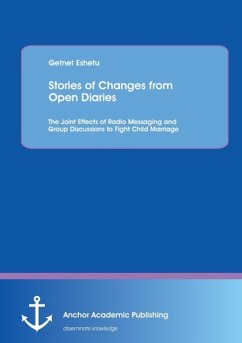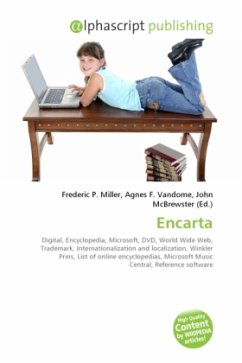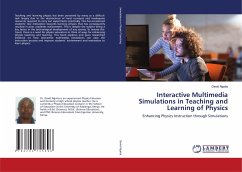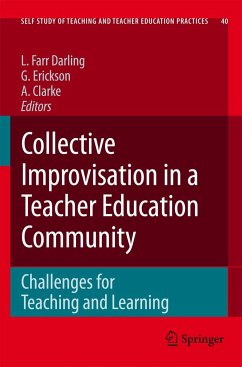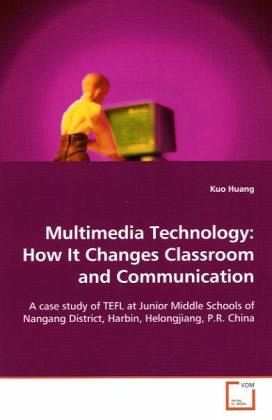
Multimedia Technology: How It Changes Classroom and Communication
A case study of TEFL at Junior Middle Schools of Nangang District, Harbin, Helongjiang, P.R.China
Versandkostenfrei!
Versandfertig in 6-10 Tagen
39,99 €
inkl. MwSt.

PAYBACK Punkte
20 °P sammeln!
Based a district of Harbin, Heilongjiang, P.R.China, and comprehensive analysis on the qualitative data from the survey, interview and observation journals, this book studies how multimedia adoption may change classroom and impact communication in TEFL in junior middle schools. The study finds that, there is consent among researchers, educators, administers and policy makers that multimedia adoption positive impact on communications between teachers and students; on the other hand, how, when, and how much it should be adopted still remains problematic. The aughor finds that ages, mass teaching...
Based a district of Harbin, Heilongjiang, P.R.China,
and comprehensive analysis on the qualitative data
from the survey, interview and observation journals,
this book studies how multimedia adoption may change
classroom and impact communication in TEFL in
junior middle schools. The study finds that, there
is consent among researchers, educators, administers
and policy makers that multimedia adoption positive
impact on communications between teachers and
students; on the other hand, how, when, and how much
it should be adopted still remains problematic. The
aughor finds that ages, mass teaching load, computer
literacy, and the criteria on which the teachers are
judged play important roles on their perceptions
toward multimedia adoption besides common complains
on hardware and software accessibility and
suitability. The author concludes multimedia
adoption is not an assemblage of machines and their
accompanying software. One should not think of it
and its application in education as a matter of
computer literacy; rather, it evokes social
reflections on how we perceive it, use it, and
assess its effectiveness and value.
and comprehensive analysis on the qualitative data
from the survey, interview and observation journals,
this book studies how multimedia adoption may change
classroom and impact communication in TEFL in
junior middle schools. The study finds that, there
is consent among researchers, educators, administers
and policy makers that multimedia adoption positive
impact on communications between teachers and
students; on the other hand, how, when, and how much
it should be adopted still remains problematic. The
aughor finds that ages, mass teaching load, computer
literacy, and the criteria on which the teachers are
judged play important roles on their perceptions
toward multimedia adoption besides common complains
on hardware and software accessibility and
suitability. The author concludes multimedia
adoption is not an assemblage of machines and their
accompanying software. One should not think of it
and its application in education as a matter of
computer literacy; rather, it evokes social
reflections on how we perceive it, use it, and
assess its effectiveness and value.



